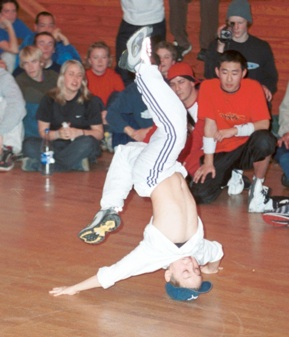CAPS
•Cognitive: Using their minds to create new movements and situations according to the music that is being played. Watching students create new ideas and movements with and without music.
•Affective: Express feelings with their bodies, facial expressions and movement according to the music. The ability to read what expressions are needed and match the body accordingly.
•Psychomotor: Allowing for learning through movement, the creative process that happens when your body is moving to music. While practicing, presenting, and creating dances the students’ awareness of the other people and spatial relation will be important as to not interrupt anyone’s progress.
•Social: Working with partners, groups or presenting in a social space will provide opportunities for social interaction and social problem solving. Talking co-operatively with others, being aware of social etiquette while working in groups.

BC IRP Connections
a1 Relate the effects of regular participation in a variety of types of physical activities to quality of life (e.g., stress reduction, prevents the onset of certain diseases, increased overall physical and emotional health)
b1 apply learned movement skills in new and unfamiliar physical activities
c1 apply safe procedures for specific physical activities
c3 model leadership in creating a positive climate for physical activity (e.g., mentoring, organizing, coaching)
Dance
What is Creative Dance?
Creative Dance gives students a chance to become more comfortable with their ever changing bodies. It provides opportunity to explore their limits of movement. The definition of dance: To move one’s feet or body, or both, rhythmically in a pattern of step, especially to the accompaniment of music. Creative dance adds the element of creativity to your movements and leaves the movement up to interpretation. As dancers you want to develop skills and control of movement.
How will we teach Creative Dance?
Students will perform a variety of non-locomotive and locomotive movements in this unit. Such as, balancing, creating shapes with their bodies, jumping, running, maintaining personal space, rocking, swinging, and hopping. Because they will be responsible for their body’s movement through out the unit this list is not prescriptive but a general idea of what might be created or done. Students will be creating their own dances and routines and will be responsible to carry out a variety of movements and actions.








